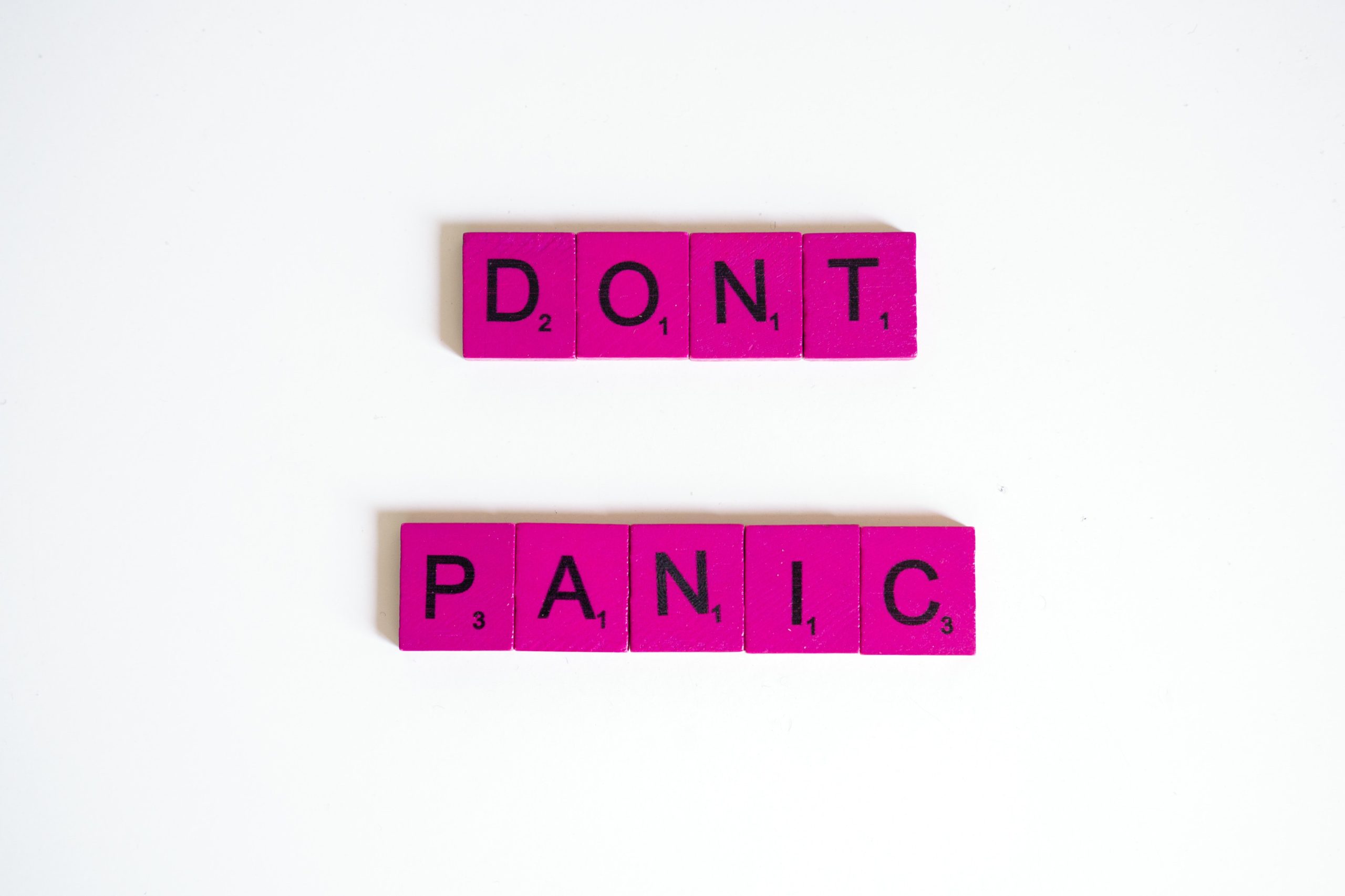Panic disorders are a type of anxiety disorder that can cause severe physical and psychological distress. People with panic disorder experience sudden, intense episodes of fear and anxiety that can last for several minutes or even hours. These episodes can be so intense that they interfere with the person’s daily life and functioning.
Panic disorder is a serious mental health condition that can have a significant impact on a person’s quality of life. It is estimated that around 2.7% of adults in the United States have panic disorder. It is more common in women than in men and typically begins in late adolescence or early adulthood.
Understanding the symptoms and causes of panic disorder can help people to get the right diagnosis and treatment. This article will provide an overview of the symptoms and causes of panic disorder, as well as information about treatment options.
Symptoms of Panic Disorder
The primary symptom of panic disorder is the experience of recurrent and unexpected panic attacks. A panic attack is a period of intense fear or discomfort that is accompanied by a range of physical and psychological symptoms. These symptoms can include:
• Shortness of breath
• Chest pain
• Heart palpitations
• Sweating
• Chills or hot flashes
• Trembling or shaking
• Feeling of choking
• Nausea or abdominal distress
• Dizziness or lightheadedness
• Fear of losing control or going crazy
• Fear of dying
People with panic disorder may also experience anticipatory anxiety and fear of future panic attacks. This can lead to avoidance of situations or activities that may trigger a panic attack.
Causes of Panic Disorder
The exact cause of panic disorder is not known, but there are a number of factors that may contribute to its development. These include:
• Genetics: Panic disorder can run in families, suggesting that there may be a genetic component to the condition.
• Brain chemistry: Imbalances in certain brain chemicals, such as serotonin and norepinephrine, may be involved in the development of panic disorder.
• Stress: Stressful life events, such as the death of a loved one or a traumatic experience, can trigger panic disorder.
• Personality: People with certain personality traits, such as being highly self-critical or having a tendency to worry, may be more likely to develop panic disorder.
Treatment for Panic Disorder
Treatment for panic disorder usually involves a combination of medication and psychotherapy. Medication can help to reduce the intensity of symptoms and prevent future panic attacks. Commonly prescribed medications include antidepressants, anti-anxiety medications, and beta-blockers.
Psychotherapy, such as cognitive-behavioral therapy (CBT), can help people to identify and manage the thoughts and behaviors that contribute to panic disorder. CBT can also help people to learn relaxation techniques and other coping strategies to help them manage their symptoms.
In addition to medication and psychotherapy, lifestyle changes can also help to reduce the symptoms of panic disorder. These include getting regular exercise, eating a healthy diet, getting enough sleep, and avoiding substances such as caffeine and alcohol that can trigger anxiety.
Conclusion
Panic disorder is a serious mental health condition that can have a significant impact on a person’s quality of life. Understanding the symptoms and causes of panic disorder can help people to get the right diagnosis and treatment. Treatment for panic disorder usually involves a combination of medication, psychotherapy, and lifestyle changes. With the right treatment, people with panic disorder can learn to manage their symptoms and lead a healthy, fulfilling life.

